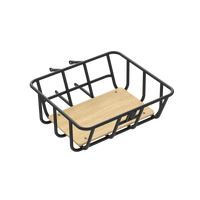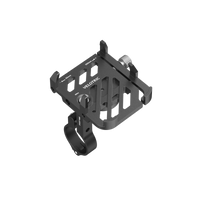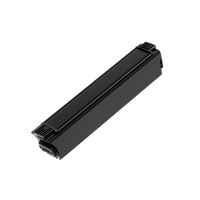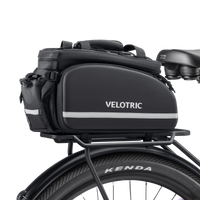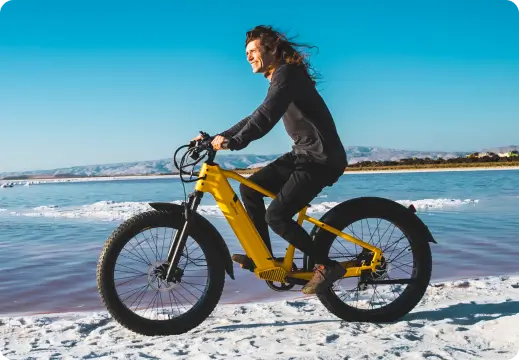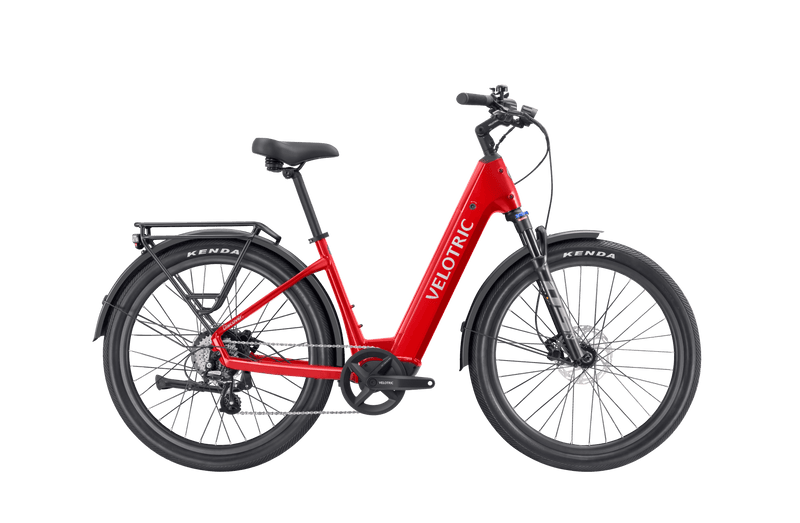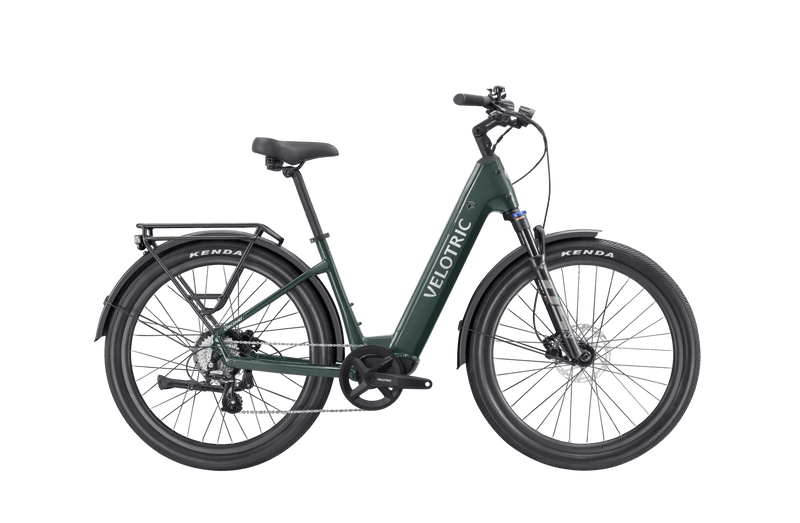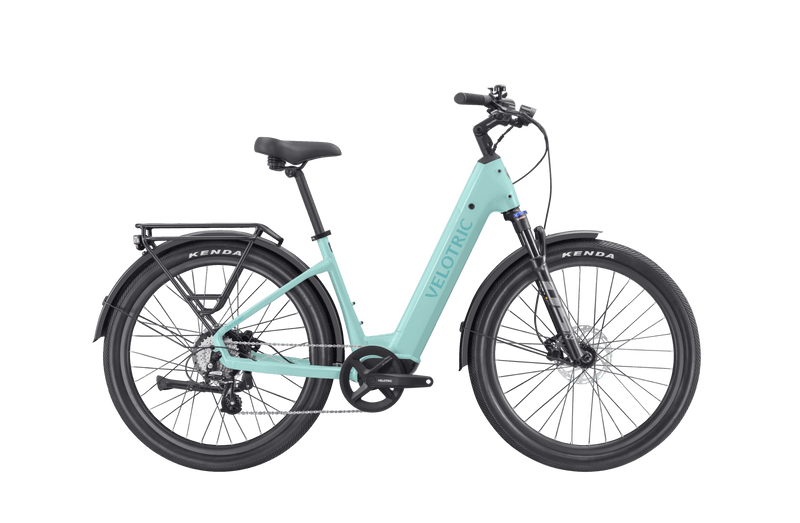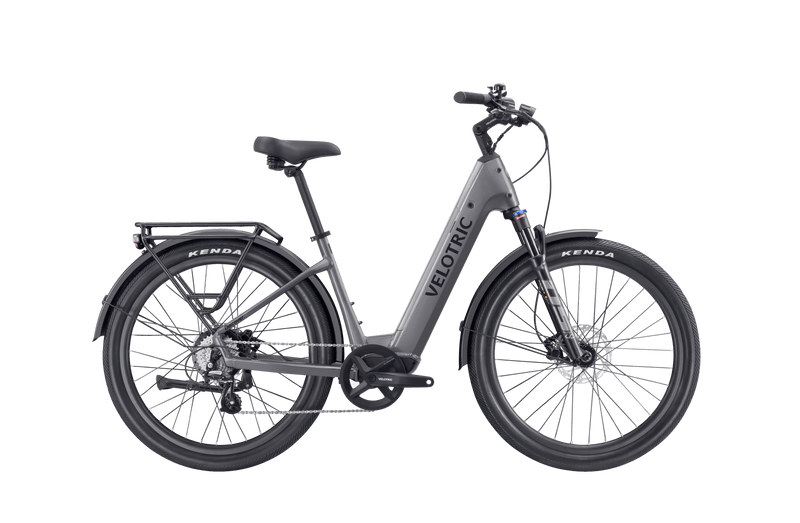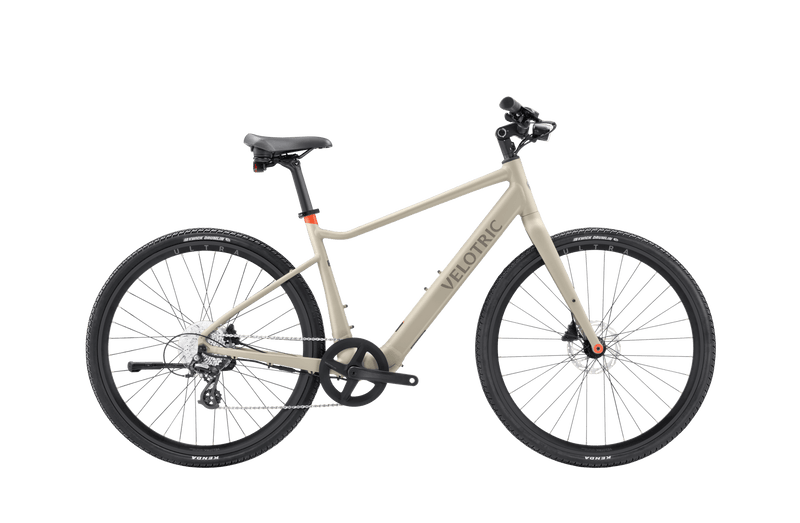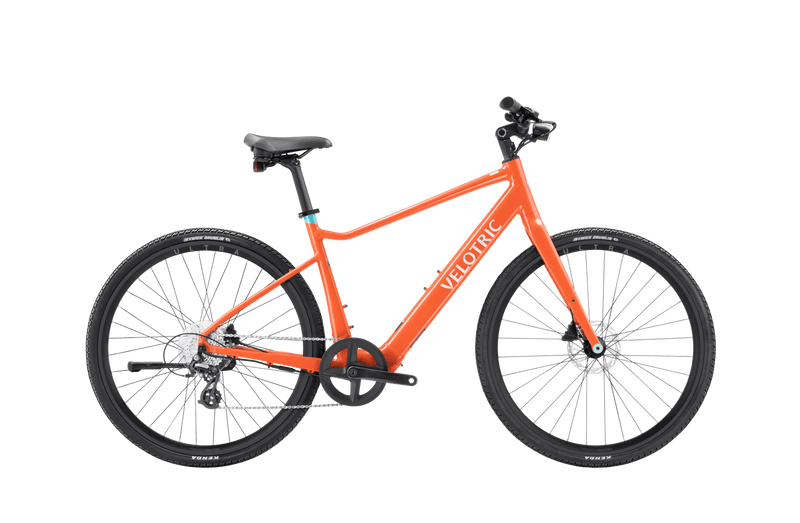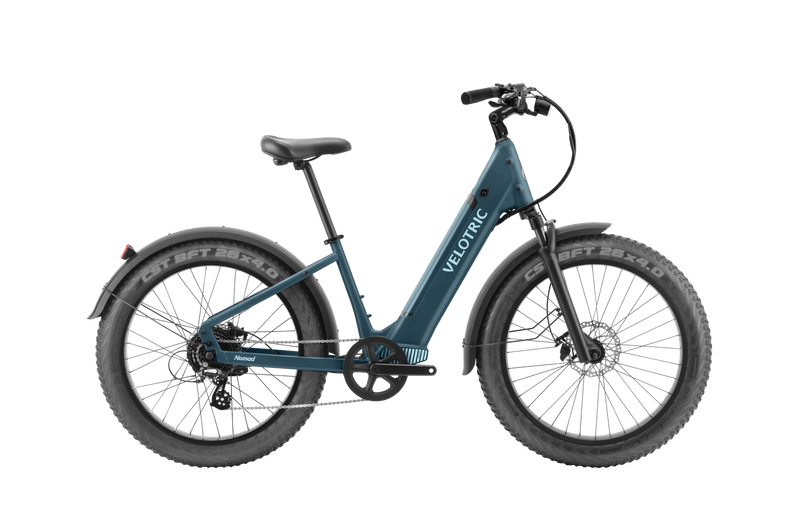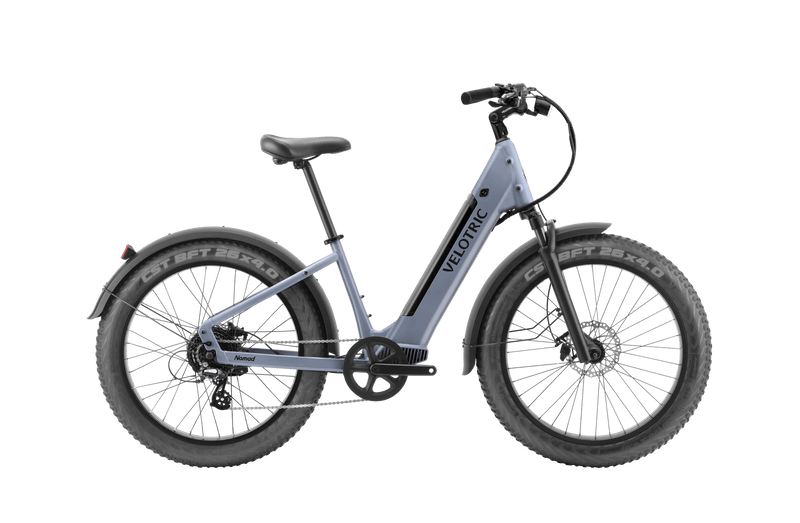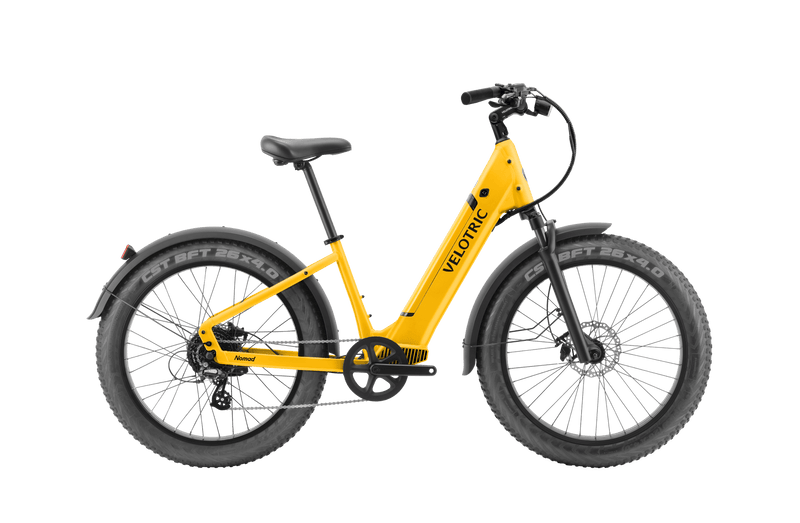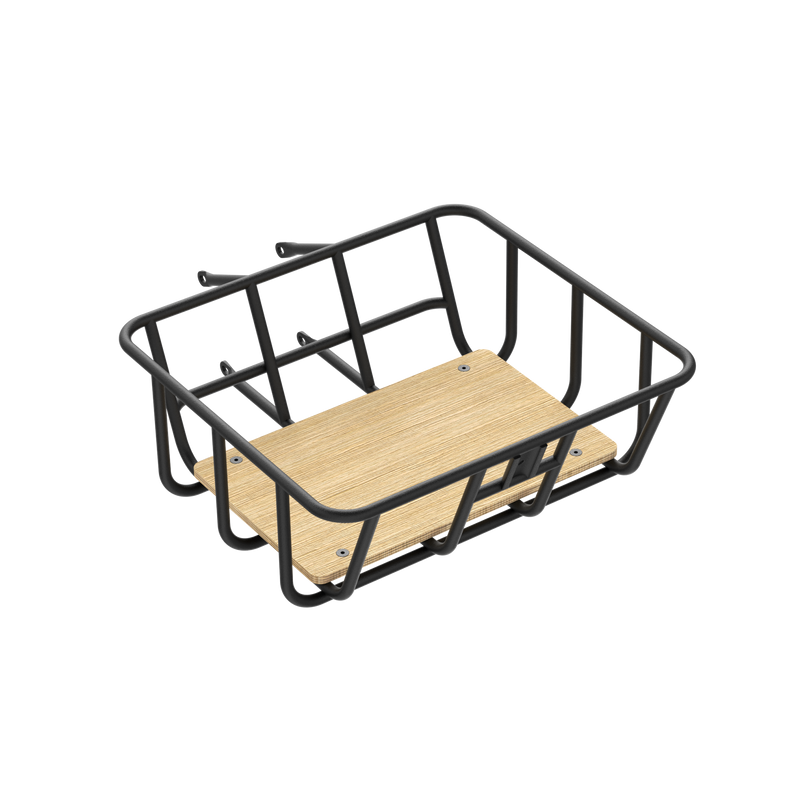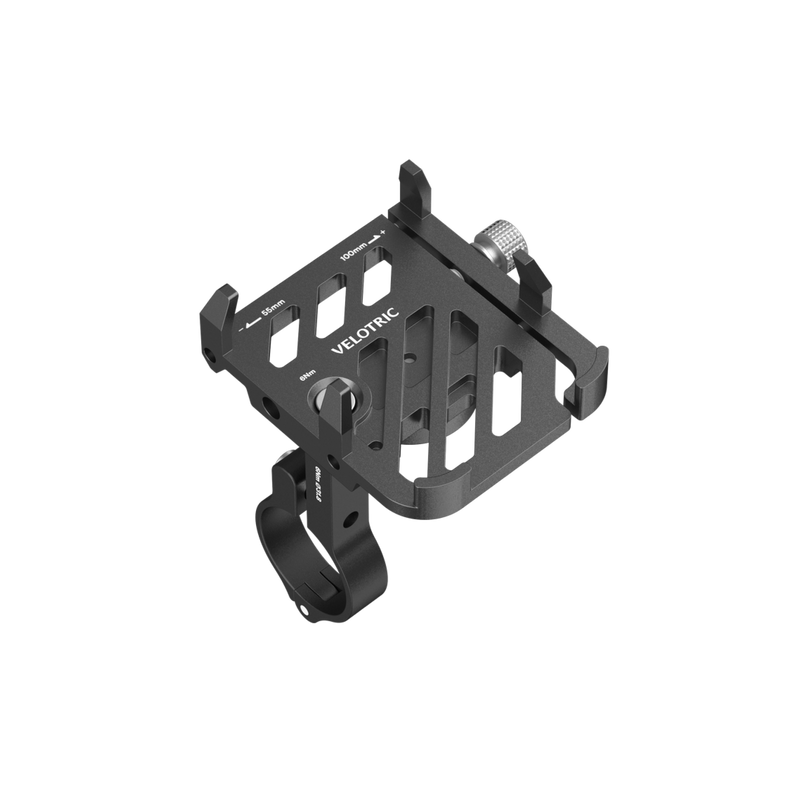Dealing with a sore bum after biking? It happens, we know.
If you're an avid or beginner cyclist, you know that the struggle is real when it comes to saddle soreness. That uncomfortable, tender feeling in your bum can really put a damper on your cycling mojo and beat your personal best.
Worry not! There are many simple yet powerful ways to soothe a sore bum. Here are a few of our favorites:
Take a Break
Why Taking a Break Matters
Firstly, as a cyclist (or any kind of athlete), it's vital to recognize the benefits of taking a break from cycling. Giving your body time to rest and recover is crucial to avoid overuse injuries and promote muscle repair.
When you push yourself too hard without proper rest, microscopic tears occur in your muscles, which is a natural part of building strength and endurance. However, if you don't allow these tears to heal, they can accumulate and result in inflammation, soreness, and even more severe injuries. If you find that riding a traditional bike makes you extra sore no matter what, you might prefer an eBike — for hardcore athletes, commuters, and weekend riders — all in one.
Reduce Pressure
Secondly, taking a breather from cycling can alleviate the pressure on your bum, preventing discomfort, such as chafing and saddle sores. When you ride, your body weight is supported by the saddle, which can create excessive pressure on your buttocks, perineum, and surrounding areas.
This prolonged pressure can lead to irritation, friction, and soreness. Taking a break gives your bum a chance to recover from the constant pressure, reducing the risk of developing saddle sores and other discomforts.
Take Time To Reassess
Thirdly, a break from cycling provides an opportunity to address possible underlying issues that could be contributing to the pain. It's possible that your bike saddle is not correctly adjusted, causing improper weight distribution and discomfort.
In some cases, investing in a new saddle that suits your body and riding style may be necessary. Next on your to-do list is to reevaluate your cycling shorts. If they are too tight, they can restrict blood flow and contribute to soreness. Too loose, and they aren’t providing the compression you need.
When you step back from the daily rides, you have more time to assess these factors and make the necessary adjustments. Whether it’s incorporating more stretching or core exercises into your routine, you’re in a better position to prevent future soreness.
Take Time To Seek Balance
Lastly, taking a break from cycling allows you to reconnect with your passion for the sport. Sometimes, we become so focused on our goals and performance that we forget the pure enjoyment of riding. By stepping away for a while, you gain a fresh perspective and renew your sense of joy and gratitude for cycling.
Use this time to explore other activities, spend time with loved ones, or simply relax. By giving your body time to rest, addressing any potential issues, and rediscovering your love for the sport, you'll be better equipped to enjoy long-distance eBike rides and achieve your cycling goals.
Apply Ice
So why does icing your butt work? First of all, it helps reduce inflammation. When you ride a bike, the constant pressure and friction on your butt can cause inflammation, which in turn leads to soreness, redness, and even swelling. Icing your butt helps reduce this inflammation by constricting blood vessels and slowing down the flow of blood to the affected area.
Icing helps numb the area and provides temporary pain relief. Applying an ice pack/bag of frozen peas to your sore bum helps dull nerve endings and reduce the sensation of pain.
How To Ice Your Butt
But if you don't want to sit on a bag of frozen peas all day, don't worry; there are plenty of ways to ice your butt without sacrificing your comfort or dignity. You can use a gel pack designed specifically for sore muscles, wrap the ice pack in a towel, or even make your own DIY ice pack using a plastic bag and ice cubes.
When To Treat Injuries With Heat
If ice isn’t for you, heat can work. While ice decreases blood flow by constricting the blood vessels, heat expands those vessels, encouraging an increase in blood flow.
The extra blood brings with it oxygen and nutrients that help repair damaged tissue and speed up the healing process. Experts recommend not using heat on fresh injuries, telling people to wait at least 48 hours. Heat works best for muscle injuries less than six weeks old and to loosen joints or muscles before or after working out.
Try a Cushion
When you ride a bike, your weight is supported by the saddle, which can put excess pressure on your buttocks, perineum, and surrounding areas. This pressure can lead to irritation, friction, and soreness, especially if you're not using a saddle that fits your body well. A cushion can help alleviate this pressure by distributing your weight more evenly across the saddle.
What Are the Different Bike Cushions?
Not all cushions are created equal.
When choosing a cushion for your sore bum, look for one designed for cycling. These cushions are often made of materials that provide both cushioning and ventilation, such as gel or foam. They also come in a wide range of shapes and sizes to fit different types of saddles and body shapes.
Another thing to consider when choosing a cushion is the type of riding you do. If you're a road cyclist, you may prefer a sleek and lightweight cushion, while a mountain biker may prefer a more rugged and durable cushion. Some cushions also come with additional features, such as built-in vents or cutouts to reduce pressure on sensitive areas.
Using a cushion is beneficial for treating a sore bum and can also prevent future discomfort. By reducing pressure on your buttocks and perineum, you can avoid developing saddle sores, chafing, and other cycling-related injuries.
Wear the Right Clothing
What you wear while cycling can significantly impact your comfort level. First of all, make sure your clothing is not too tight or too loose. Tight clothing may restrict blood flow, causing irritation, while loose clothing can bunch up and create friction.
Material
Another VIP factor to consider is the material of your clothing. Fabrics should be breathable, moisture-wicking, and soft to help reduce sweat buildup and prevent chafing, which can contribute to saddle soreness.
Cycling Shorts
But what about those cycling shorts? Do they make a difference? The answer is yes!
Cycling shorts are designed with a special padded liner that provides cushioning and support for your bum. This padding, also known as a chamois, helps distribute your weight evenly across the saddle and reduces pressure on sensitive areas.
Bib Shorts
Additionally, choosing well-padded bib shorts made of lycra and using chamois cream can further enhance comfort and reduce skin irritation. By taking a comprehensive approach to address saddle discomfort, you’ll enjoy your road cycling adventures with minimal discomfort and maximum enjoyment.
Keep Everything Clean
When you ride a bike, your buttocks and perineum are in close contact with the saddle, which can create a hot and humid environment that's perfect for ingrown hair follicles and bacteria to thrive. This can lead to skin irritation, chafing, and even infection. By keeping your buttocks clean and dry, you can reduce the risk of these issues and promote faster healing.
So how can you keep your buttocks clean while cycling? It's simple, really. First of all, make sure you're wearing dry, laundered cycling shorts or padded liners. These garments should be washed after each use to prevent bacteria buildup.
Showering straight after your rides is another smart way to prevent irritation. If you can't rinse off in the shower right away, freshen up with skin-safe wet wipes or a clean, damp cloth. Focus on the areas that come into contact with the saddle, such as your buttocks, perineum, and inner thighs.
Dry yourself thoroughly after washing. Pat (don't rub) yourself dry with a clean towel. Moisture can contribute to chafing and irritation.
Healing Creams
Healing creams are designed to soothe and protect the skin, reducing inflammation and promoting faster healing, making them beneficial for treating saddle discomfort after biking. When addressing a sore bum, especially after long periods on the bike, several types of creams can effectively provide relief and aid in the healing process.
Different Types of Creams for Biking-Related Soreness
One option is to choose a cream that incorporates natural extracts like aloe vera, witch hazel, or chamomile. These ingredients are known for their soothing and anti-inflammatory properties, which can help alleviate redness, swelling, and pain associated with saddle sores. Look for a cream specifically designed for use on sensitive or irritated skin, and steer clear of products containing alcohol or other harsh chemicals that could further aggravate the area.
Another viable choice is a chamois cream or a cream formulated with antibacterial agents like tea tree oil or neem oil. These components possess antibacterial properties that can effectively combat bacteria and prevent infection.
This is particularly crucial when dealing with open sores or cuts. Ensure you follow the instructions carefully, applying the cream only to the affected area for optimal results.
Creams for Chafing or Friction-Related Soreness
Consider a cream containing zinc oxide if you're grappling with chafing or friction-related soreness. This ingredient creates a protective barrier on the skin, guarding it against further irritation while aiding in the healing process.
To utilize a healing cream, clean the affected area thoroughly with soap and water. Gently pat the area dry with a clean towel, ensuring it is completely dry, before applying a thin layer of cream to the affected area. Repeat this process as necessary throughout the day, following any additional instructions provided by the product.
Fill in the Rest of the Puzzle
While healing creams can provide relief, they aren't a substitute for addressing the root causes of saddle discomfort. Evaluating factors such as riding position, saddle height, saddle width, and saddle design can help improve overall comfort and prevent future issues. Consider consulting a fitter or professional to optimize your bike fit and ensure the proper upper body and lower back alignment.
Stretching
Stretching helps relieve muscle tension and promote blood flow, which can help reduce inflammation and speed up the healing process. When it comes to treating a sore bum after biking, there are several stretches that can be particularly helpful.
The first stretch to try is the butterfly stretch. Sit on the floor with your knees bent and the soles of your feet touching. Slowly bring your feet towards your body, keeping your knees out to the sides. Use your elbows to gently push your knees toward the floor, feeling a stretch in your inner thighs and groin.
In addition to these specific stretches, simply taking breaks throughout your ride and standing up out of the saddle can help alleviate pressure on your bum and prevent soreness from setting in. And don't forget to stretch your other muscles, too: tight hamstrings, quads, and calves can also contribute to overall discomfort.
Conclusion
So the next time you're feeling a bit sore after a ride, try incorporating some stretches into your routine. Your bum (and the rest of your body) will thank you!
Sources:























